Khớp nối mềm cao su có thanh cố định
Description
Khớp nối mềm cao su có thanh cố định
Rubber Expansion joint with tie rod
Khái niệm: Thiết bị khe co giãn cao su giới hạn là sự thay thế lý tưởng cho khớp truyền lực bằng thép. Khe co giãn cao su với thanh giằng được sử dụng kết hợp hợp lý, đồng thời có vai trò hạn chế chuyển vị, sử dụng thiết bị giới hạn và truyền lực. Các khớp nối cao su có thể được sử dụng để hạn chế lượng dịch chuyển khi được sử dụng trong các kết nối đường ống nói chung hoặc trong các tuyến đường ống có yêu cầu dịch chuyển.
The limit rubber expansion joint device is an ideal substitute for the steel force transmission joint. Rubber expansion joint with tie rod is used in a reasonable combination, and also plays a role of limiting the displacement, using the limit device and transmitting force. Rubber joints can be used to limit the amount of displacement when used in general piping connections or in pipeline lines where displacement is required.
FeaturesHigh pressure resistance, good elasticity, large displacement, long life, good water tightness and good shock absorption effect.
- DIMENSION: DN32mm-DN3000mm
- PRODUCT PRESSURE: 0.6-2.5 MPa
- Product Material: NR, EPDM, NBR, KFM, PTFE, CR
- SCOPE OF APPLICATION: acid, alkali, corrosion, oil, hot water, cold water, compressed air, compressed natural gas, etc.
- FLANGE MATERIAL: carbon steel, stainless steel
PERFORMANCE
FDamping and sound absorption:
1. The ball has a large damping on the rubber material, which can effectively buffer the vibration, suppress and reduce the mechanical vibration, and absorb the impact noise of the fluid.
2. Reasonable installation of vibration machinery and tie rod rubber joints can reduce structural transmission noise by 15 to 25 decibels.
Anti-stress:
1. Applicable to internal pressure, strong anti-explosive force, good impact resistance, no deformation of external pressure.
2. Working pressure is 0.25 MPa, 0.6 MPa, 1.0 MPa, 1.6 MPa, 2.5 mpa.
Working principle:
The limit rubber joint expands when pressed, and the force generated by the pressure is designated as the pressure thrust. If the pipe support and the anchor are not designed to absorb this force, the tie rod across the joint must be added. Rubber expansion joint with tie rod is designed to withstand full pressure thrust and the drawbar support is integrated into the flange (fixed ring) so there is no thrust on the corresponding flange. Rubber expansion joint with tie rod when pressed. by. It is recommended to prevent damage due to excessive pipe movement in most applications. Each rod contains a double nut at each end to prevent the expansion joint from exceeding the elongated and spherical washers, allowing lateral and some angular movement (only 2 rods only) ).
Application:
1.Widely used in chemical, construction, water supply, drainage, petroleum, light and heavy industry, refrigeration, sanitation, plumbing, fire, electricity and other basic projects.
2 Rubber expansion joint with tie rod for indoor installation.
3. Tie rod rubber joints are suitable for outdoor installation.
4. Rubber expansion joint with tie rod is suitable for embedded installation.
PRODUCT PARAMETERS
| Nominal Diameter(DN) | Length L | Axial displacement | Horizontal Isplacement | Angular deflection | ||
| mm | inch | mm | Extension | Compression | mm | (a1+a2) |
| 32 | 1¼ | 95 | 6 | 9 | 9 | 15º |
| 40 | 1½ | 95 | 6 | 10 | 9 | 15º |
| 50 | 2 | 105 | 7 | 10 | 10 | 15º |
| 65 | 2½ | 115 | 7 | 15 | 11 | 15º |
| 80 | 3 | 135 | 8 | 19 | 12 | 15º |
| 100 | 4 | 150 | 10 | 19 | 13 | 15º |
| 125 | 5 | 165 | 12 | 20 | 13 | 15º |
| 150 | 6 | 180 | 12 | 25 | 14 | 15º |
| 200 | 8 | 210 | 16 | 25 | 22 | 15º |
| 250 | 10 | 230 | 16 | 25 | 22 | 15º |
| 300 | 12 | 245 | 16 | 25 | 22 | 15º |
| 350 | 14 | 255 | 16 | 25 | 22 | 15º |
| 400 | 16 | 255 | 16 | 25 | 22 | 15º |
| 450 | 18 | 255 | 16 | 25 | 22 | 15º |
| 500 | 20 | 255 | 16 | 25 | 22 | 15º |
| 600 | 24 | 260 | 16 | 25 | 22 | 15º |


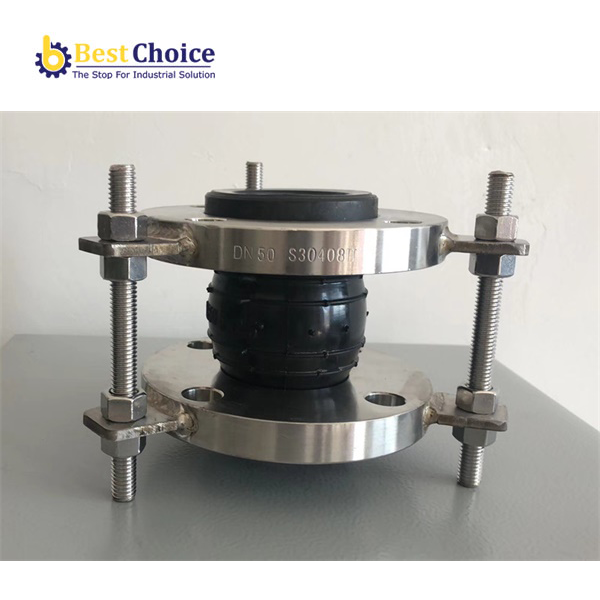
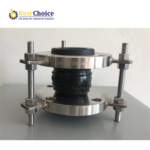

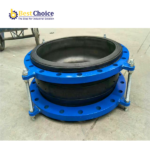


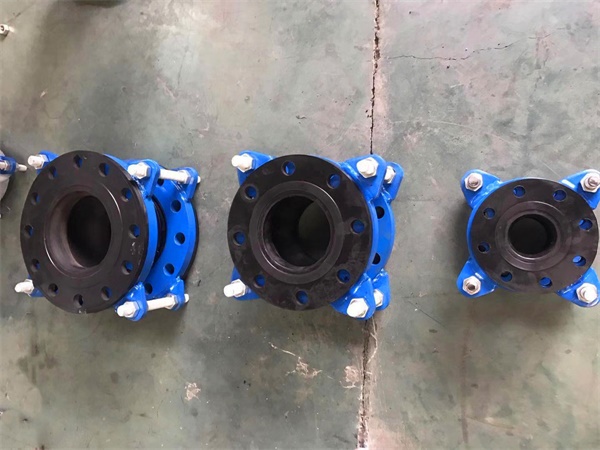
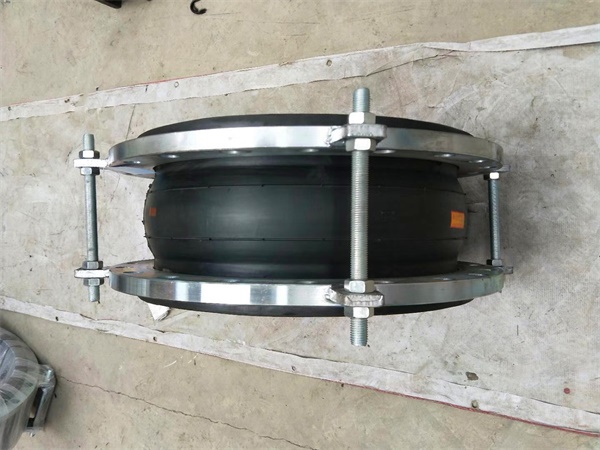
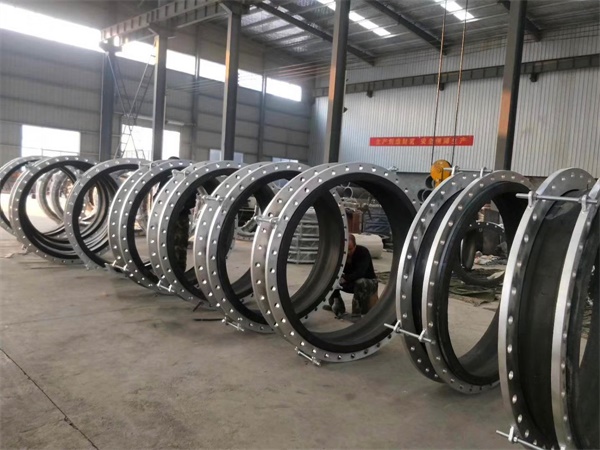










Reviews
There are no reviews yet.